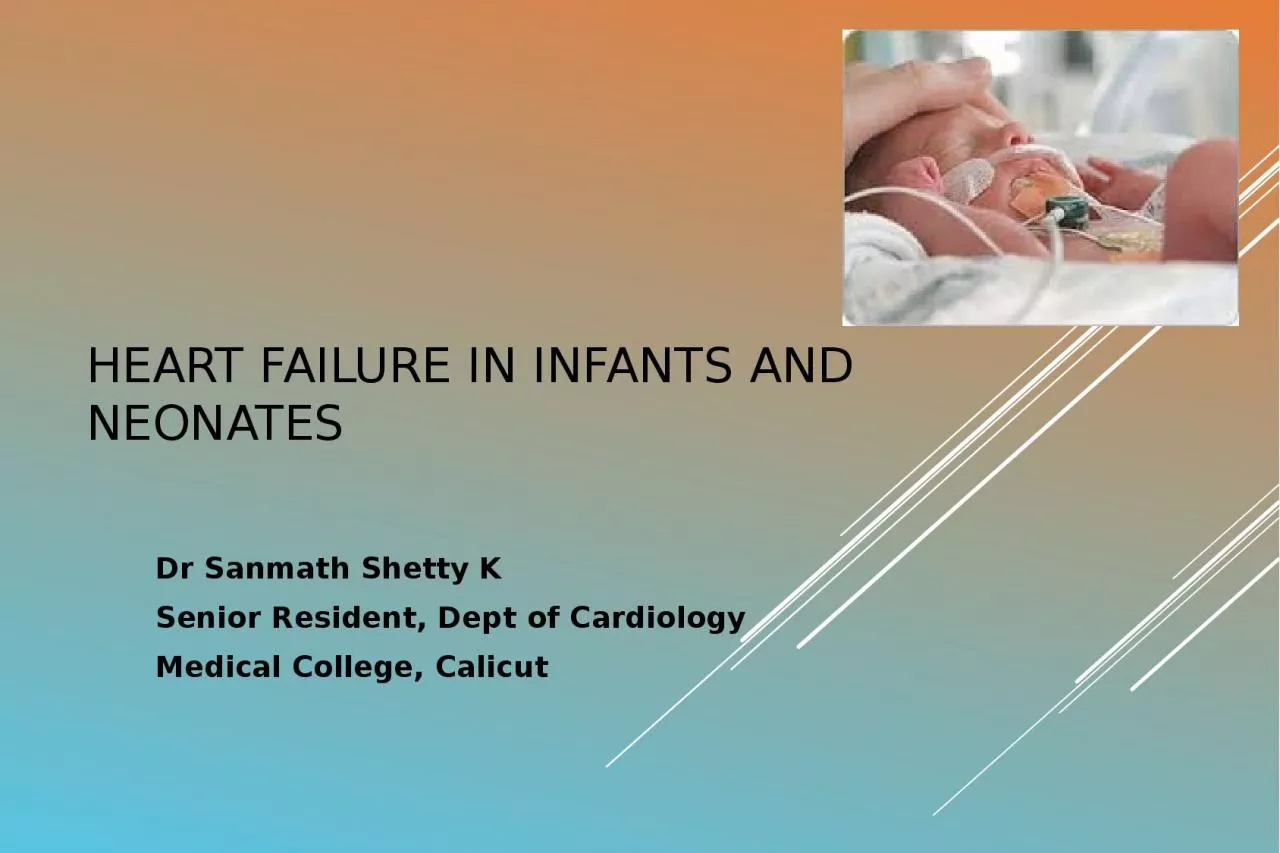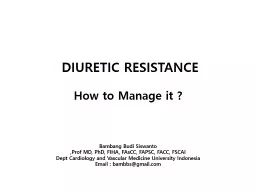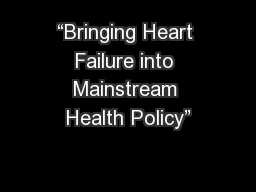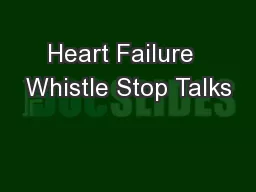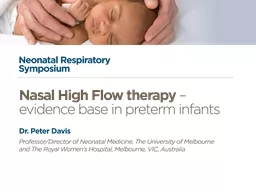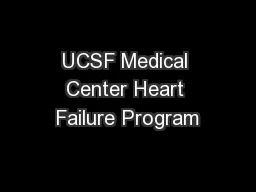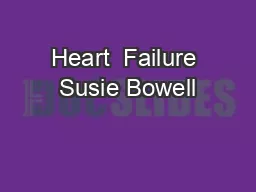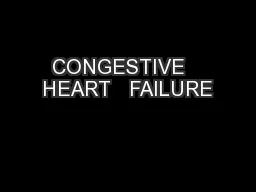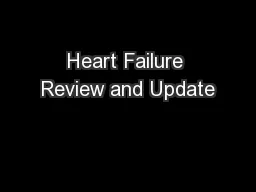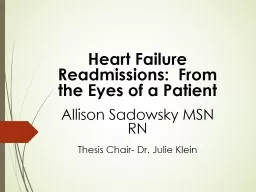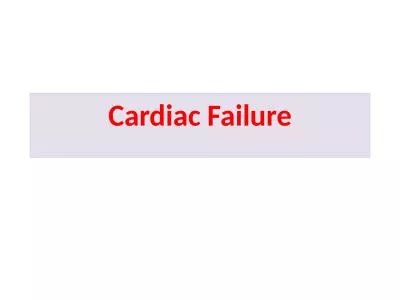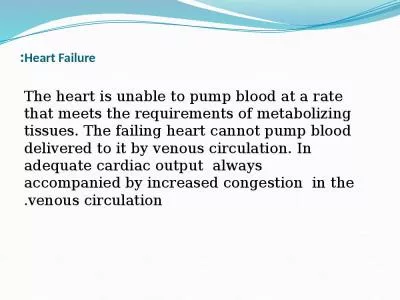PPT-Heart Failure in infants and
Author : hailey | Published Date : 2024-01-29
neonates Dr Sanmath Shetty K Senior Resident Dept of Cardiology Medical College Calicut Definition of Heart Failure Brief review of Pathophysiology Unique features
Presentation Embed Code
Download Presentation
Download Presentation The PPT/PDF document "Heart Failure in infants and" is the property of its rightful owner. Permission is granted to download and print the materials on this website for personal, non-commercial use only, and to display it on your personal computer provided you do not modify the materials and that you retain all copyright notices contained in the materials. By downloading content from our website, you accept the terms of this agreement.
Heart Failure in infants and: Transcript
Download Rules Of Document
"Heart Failure in infants and"The content belongs to its owner. You may download and print it for personal use, without modification, and keep all copyright notices. By downloading, you agree to these terms.
Related Documents

